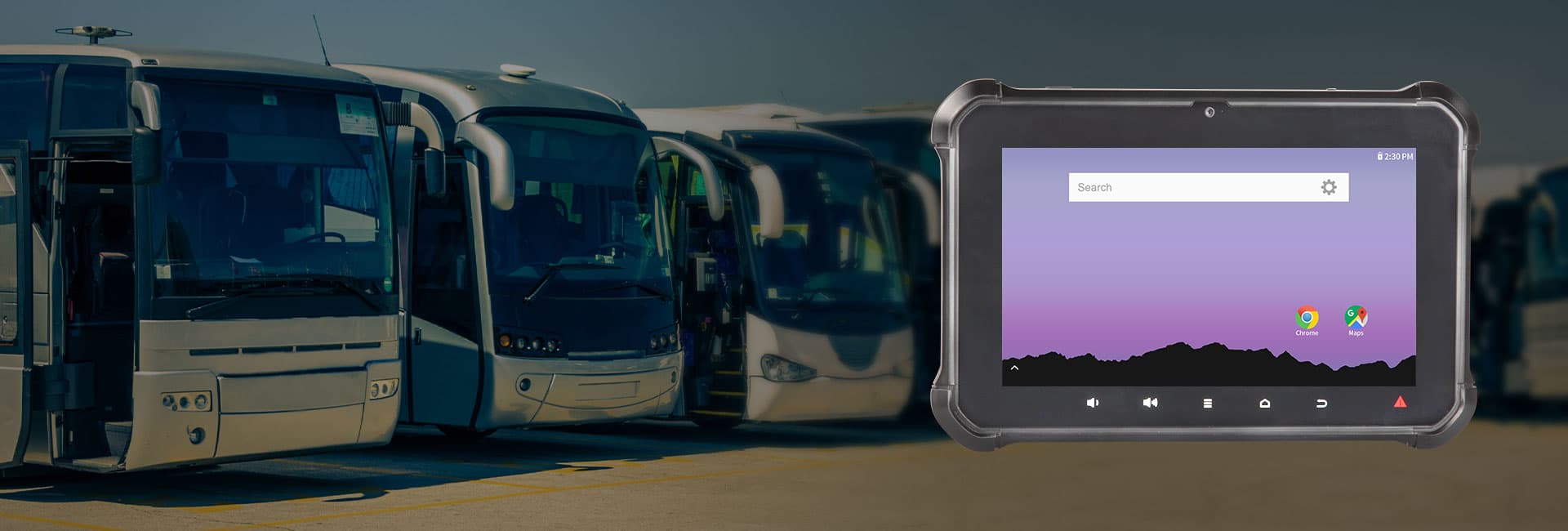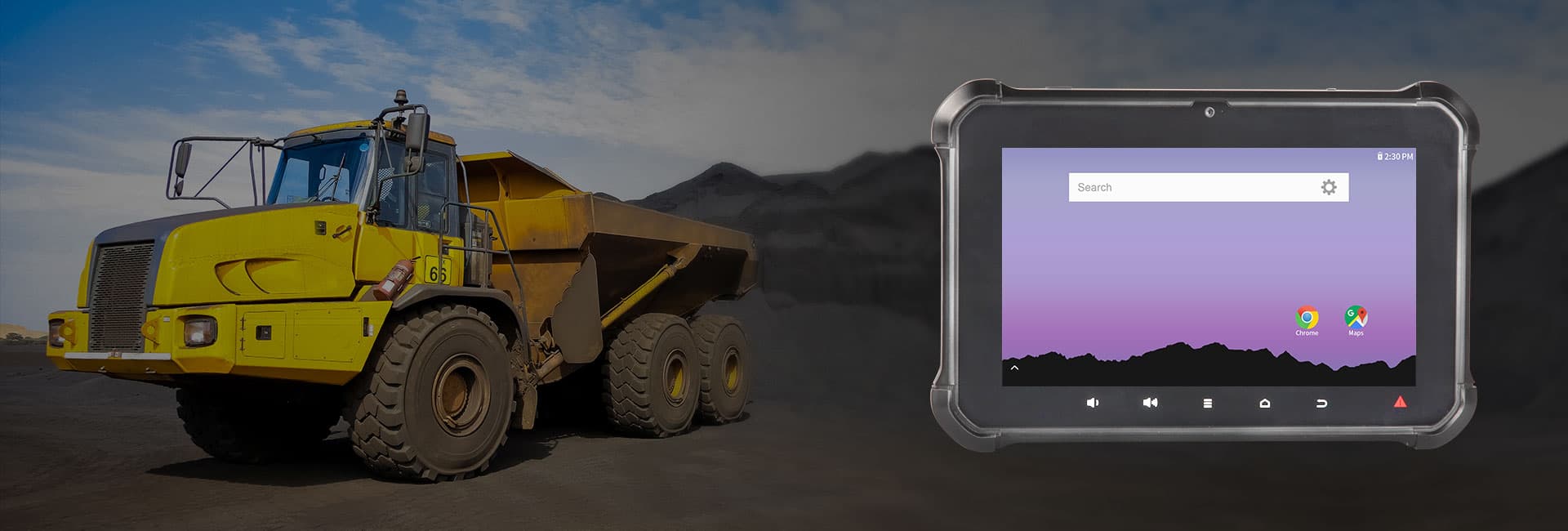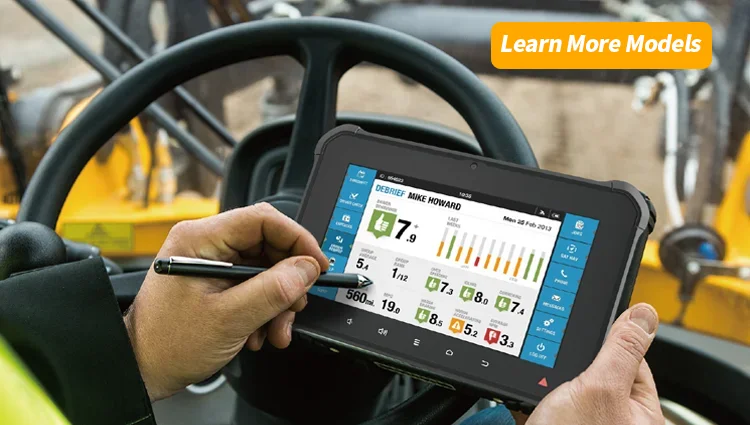Home > Blog > Exploring Linux Tablets in 2025: A Comprehensive Guide
Exploring Linux Tablets in 2025: A Comprehensive Guide
Time: 2025-06-10 Editor: Hitekon Rugged Vehicle Tablet Rugged Vehicle Tablet Manufacturer
Linux tablets have carved a unique niche in the tech world, blending open-source flexibility with powerful hardware. This guide dives into the essentials of Linux tablets, exploring their operating systems, uses, pricing, and future potential. Whether you’re a tech enthusiast, a developer, or simply curious about the Linux tablet landscape, this article offers expert insights and practical information to help you navigate your options.
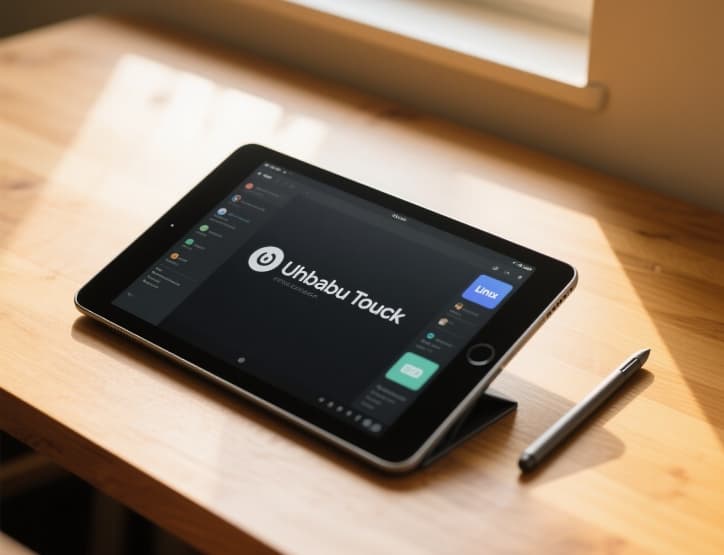
What Is a Linux Tablet?
A Linux tablet is a portable device running a Linux-based operating system, distinct from mainstream options like Android or iOS. Linux, an open-source platform, allows users to customize, modify, and optimize their tablet experience. From lightweight distributions like Ubuntu Touch to robust ones like Fedora or Debian, the Linux tablet OS offers unparalleled freedom for developers, IT professionals, and privacy-conscious users.
Unlike proprietary systems, Linux tablets prioritize user control, security, and transparency. They’re ideal for those who value software freedom and want to break away from the walled gardens of commercial ecosystems. The Linux tablet market in 2025 continues to grow, with devices catering to both casual users and tech-savvy individuals.
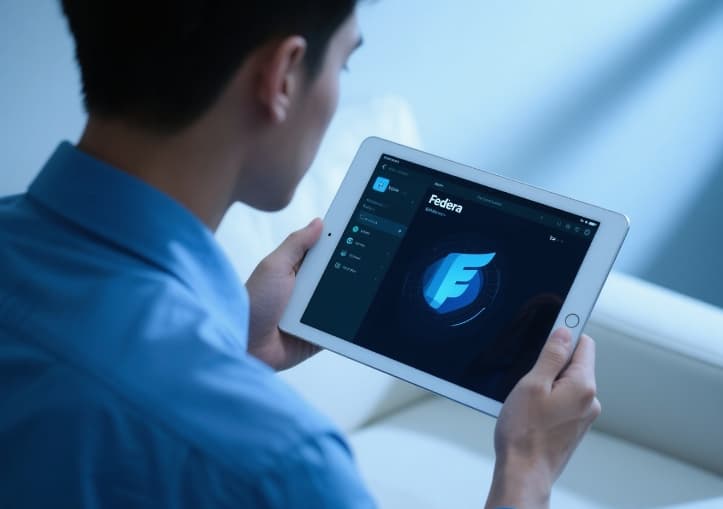
Key Uses of Linux Tablets
Linux tablet uses span a wide range of applications, making them versatile tools. For developers, these devices are perfect for coding, testing software, and running servers on the go. Distributions like Ubuntu or Arch Linux enable seamless integration with development tools, such as Git, Docker, or VS Code.
Beyond programming, Linux tablets serve education, business, and creative purposes. Students can access free, open-source software for learning, while professionals use them for secure data management or remote system administration. Some even repurpose older tablets with a Linux tablet OS to extend their lifespan, a budget-friendly and eco-conscious choice.
Enthusiasts also explore Linux tablets for media consumption, gaming via emulators, or even home automation control. The adaptability of a Linux tablet makes it a powerhouse for niche tasks, setting it apart from conventional devices.
Linux Tablet Pricing and Availability
Linux tablet price varies widely based on hardware specs, brand, and pre-installed software. Entry-level models, often repurposed Android tablets flashed with Linux, can cost as little as $100 to $300. Mid-range options, like the PineTab2 from Pine64, blend affordability and performance, typically ranging from $200 to $500. High-end Linux tablets, designed for power users, may exceed $800, boasting powerful CPUs, ample RAM, and touch-optimized interfaces.
Availability depends on the manufacturer. Companies like Pine64, Purism, and System76 offer devices with pre-installed Linux tablet OS, while DIY enthusiasts can install distributions on compatible hardware. Prices in 2025 reflect improved hardware and growing demand, though deals abound for those willing to tinker.

The Future of Linux Tablets in 2025
The Linux tablet 2025 landscape looks promising, with advancements in hardware and software driving adoption. Touch-optimized distributions like Ubuntu Touch and Plasma Mobile are refining user interfaces, making Linux tablets more accessible. Manufacturers are also improving compatibility with touchscreens, styluses, and peripherals, bridging the gap with mainstream tablets.
Demand for privacy and security fuels growth, as Linux tablets avoid the data tracking common in proprietary systems. Developers continue to enhance apps, from productivity tools to media players, ensuring a robust ecosystem. As 5G and edge computing rise, Linux tablets could become go-to devices for mobile, secure computing.
Comparing Linux Tablets to Other Devices
Linux tablets stand out when compared to alternatives. A key question is: What is the difference between an Android tablet and a Linux tablet? Android, built on a Linux kernel, is heavily modified and locked down by manufacturers, limiting customization. Linux tablets, however, offer full access to the system, ideal for power users.
Another query: Does a Samsung tablet use Linux? While Samsung tablets run Android, which uses a Linux kernel, they don’t offer the pure, open-source experience of a true Linux tablet. Touchscreen compatibility is another concern—Does touchscreen work on Linux? Yes, modern distributions support touch input well, though driver support varies by device.
Finally, What is Linux most used for? Beyond tablets, Linux powers servers, supercomputers, and IoT devices, prized for stability, security, and flexibility. On tablets, it shines for custom projects and secure workflows.

Frequently Asked Questions
- What is the difference between an Android tablet and a Linux tablet?
Android tablets use a modified Linux kernel with a proprietary layer, limiting customization. Linux tablets run pure, open-source systems, offering full control and flexibility. - Does a Samsung tablet use Linux?
Samsung tablets run Android, which is built on a Linux kernel, but they lack the open-source freedom and customization of a dedicated Linux tablet. - Does touchscreen work on Linux?
Yes, many Linux distributions, like Ubuntu Touch and Plasma Mobile, support touchscreens, though compatibility depends on hardware and drivers. - What is Linux most used for?
Linux powers servers, supercomputers, embedded systems, and tablets, valued for its stability, security, and ability to be tailored to specific needs.
Previous: 10 Best Tablets for Truck Drivers in 2025
Next: Rugged Tablets for Mining Operations: The Ultimate Solution for Harsh Environments
Copyright © 2025.Hitekon Rugged Vehicle Tablet All rights reserved.
Public Transportation, Taxi Dispatch, Mining, Forklift Safety, Fleet Management, Precision Agriculture


